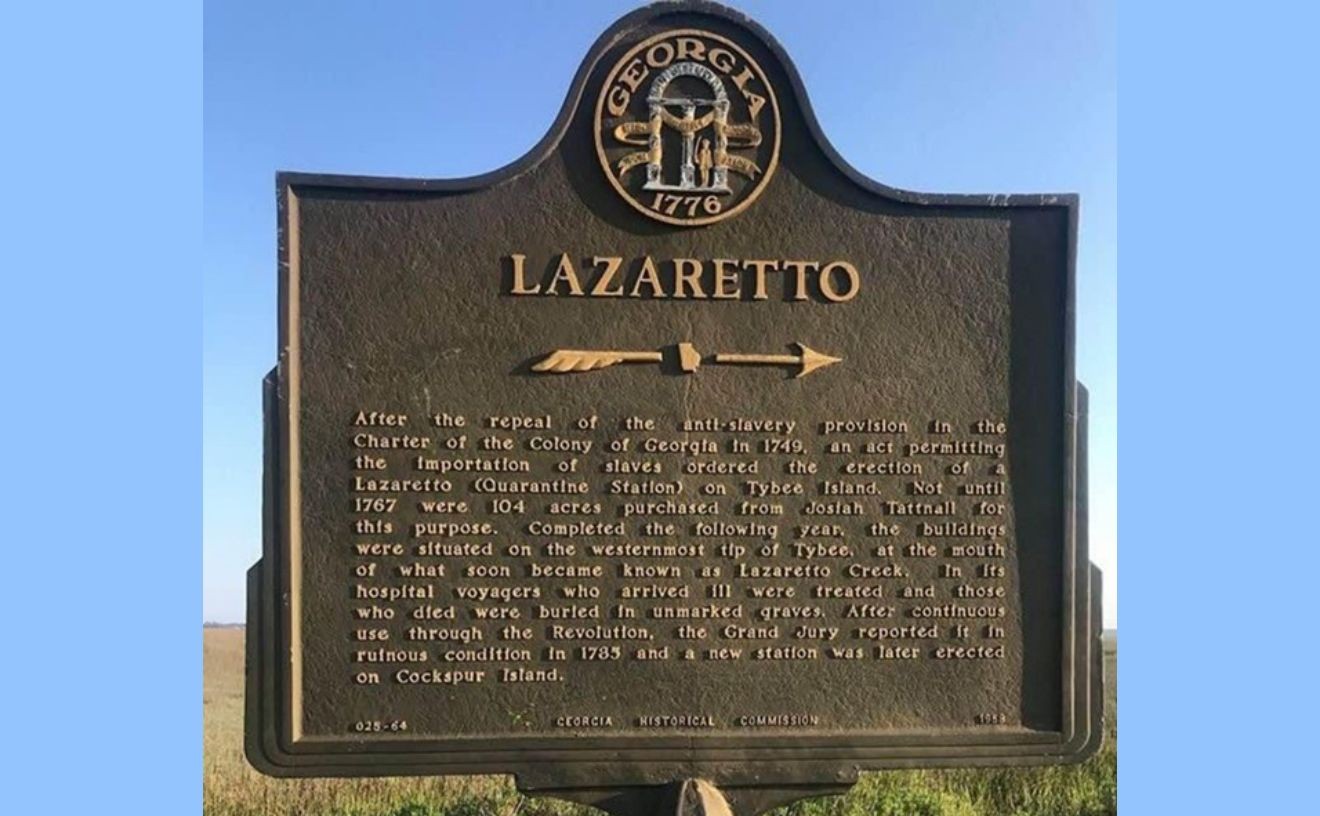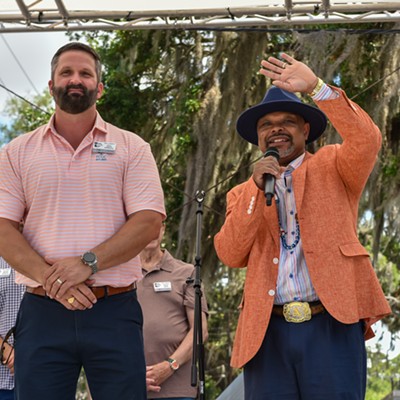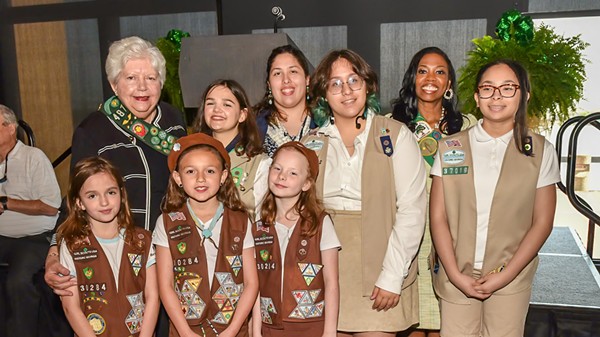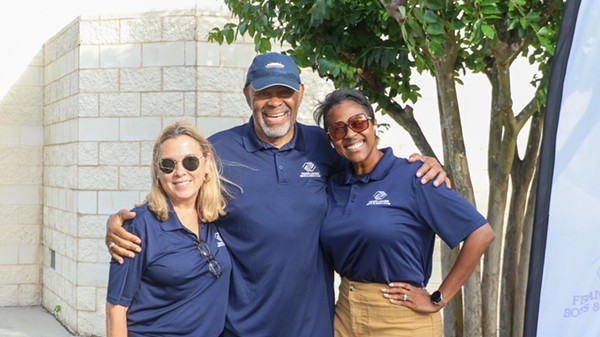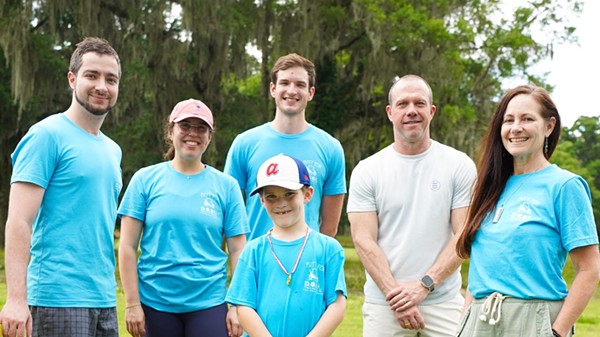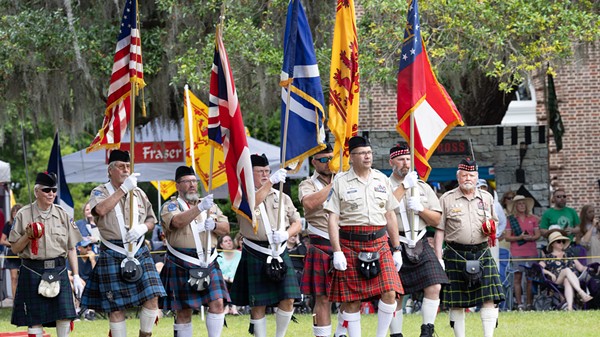Tybee Island, warmly regarded as Savannah’s beach, is a place known for its coastal charm, beautiful beaches and tight-knit community. Beyond its sandy shores and cozy condos, the island also boasts a rich history dating back to the founding of the state of Georgia. Some aspects of Tybee’s history are well known — for example, its military significance during the Civil War and beyond — but other aspects have long gone untold. This has been the case for Tybee’s Black history, but over the last few years local organizers have come together to change that.
Last spring, the Tybee Island Black History Trail was unveiled, providing informative glimpses into the history and heritage of the island’s Black population. Featuring 13 stops, the trail reveals at times difficult yet significant stories from the island’s initial status as a slave port all the way into present day. The effort to bring this trail to fruition was catalyzed a few years ago during the early stages of the pandemic after Julia Pearce and Pat Leiby of TybeeMLK, the island’s human rights organization, were invited by Tybee’s city manager to take a tour with the island’s historical society.
“They mentioned nothing about Black folk on this tour,” said Pearce, TybeeMLK cofounder. “When we asked the tour guide about the Black enlisted [service members who were stationed at Fort Pulaski during the Civil War], he couldn’t tell you anything about Black folk. Nothing. We found that insulting, Pat and I both did. So we took the bull by the horns and said we need a Black history trail here on Tybee.”
The two swiftly got to work and were joined by Amy Potter and Joyah Mitchell of Georgia Southern University and Sarah Jones of Tybee Island Historical Society to conduct the detailed and ongoing research for the trail. It was a collaborative effort that involved digging up old newspaper articles, conducting interviews and finding resources online. Social media even played a vital role.
“We went on a Facebook page called 'You Know You Grew Up on Tybee If,' and Ella Lewis, who was working with us at that time from the historical society, posted what we were looking for and asked if anyone would be interested in contacting us and giving interviews,” said Leiby, organizer and activist with TybeeMLK. “Dr. Potter from Georgia Southern found people. She interviewed the man who organized the first Orange Crush on Tybee Island.”
Leiby added that another interesting interview was with James Adams, a Black man who had an oyster house on Tybee, which still stands to this day on private property.
“We were able to contact the owner and have a tour inside the house. That house was included on the Historical Preservation Commission’s preservation month tour in 2022. At that part of the tour, people could get out and see the inside of the oyster house. It’s just been exciting talking to people and looking for old newspaper articles. We found some very interesting articles from Savannah Morning News from years ago. Just digging and looking and asking,” said Leiby.
Through grassroots organizing along with meticulous research, the ladies were able to connect with several people who contributed interviews for the trail. The first person to be interviewed for the trail was Walter Brown, Jr.
“What’s significant about Walter Brown’s story is that he was born out here in the ‘40s, and owned several businesses [to include] a cement business and a coal business. He raised his children out here. He had a son who drowned here on Tybee. The point is that Tybee Island is the beach of Savannah, and the Black folks on Tybee and the Black community of Savannah, they knew each other. They also knew that Tybee was a sundown town, that Black folks who didn’t live on Tybee couldn’t be out on Tybee at night. So it was very isolated living for Black folk on Tybee. When we started putting this together, the reaction from the Black community was that it’s time for those stories to be told. It’s been a wonderful process of people coming together to tell the story,” said Pearce.
Each stop along the Tybee Island Black History Trail is embedded with these rich stories from Tybee’s Black past and present. Of these 13 sites, there are a few that are particularly resonant to Pearce and Leiby. For Pearce, the most significant stop on the trail, which also happens to be the first stop on the trail, is the Lazaretto.
“Everything starts from there,” said Pearce. “A person can live on Tybee for some 20 odd years and not even know what a Lazaretto is, that this is American history. For our ancestors here in Georgia, the Lazaretto is the first place they set foot on in North America from the Middle Passage. It’s a very significant place. When you read the history, at one point there were 400 Black folk on Tybee, and this was before Georgia became a state. By the time the Civil War came, there were a whole lot of Black folks in Georgia and a lot of those people came through the Lazaretto because we were the port for Savannah. The lighthouses that are built on Tybee were to aid people getting into the port, and that was for trade, for commerce. And the biggest commerce on Tybee was the flesh trade. . . Think about that,” said Pearce.
Leiby’s two favorite stops have to do with the water and how it was a channel for the entry of enslaved people to the area and also a barrier to Black people during segregation.
“One important stop to me is the Georgia Historical Society marker for the Wade-Ins that’s down by the pier on the south end. And that’s really important because it’s part of the Georgia Civil Rights Trail. Another important stop on the trail is when you get over in the vicinity of the lighthouse. There are storyboards about the Middle Passage. And if a person can’t look at those storyboards and be moved to tears, then I don’t know what to say because it has an illustration of how those kidnapped people were stuffed body against body against body. It’s also a UNESCO Site of Remembrance,” said Leiby.
Pearce and Leiby felt that it was vitally important that Tybee have such a trail to preserve this significant history for generations to come, ensuring that the struggles and stories of Black people on Tybee through the years aren’t forgotten in time.
“It’s history that was being lost. There’s other history that needs to be told too. The Native Americans didn’t live here necessarily but they came here. They had an influence. That story needs to be told. The T.S. Chu family, their story is told in the book Tybee Days. . . Mr. Chu came from China and started a successful business. . . There’s so much. Also in talking with the archivist at the historical society, there’s a whole big history just on the work that was done here by fishermen during the days when Tybee was just a small fishing community. . . None of this history should be lost. It needs to be archived somewhere,” said Leiby.
She and Pearce encourage locals and tourists alike to visit each of the trail's informative stops to dive deeper into this history and to reflect upon and remember it.
“The Black history trail is a living trail because there will always be stories added to it. It’s not like it’s done. We may have a brochure that’s done for now. We may have a website that’s done for now, but we have a place where we can keep adding stories as we discover them,” said Leiby.
The Tybee Island Black History Trail is currently in the third phase of progress with signage and storyboards being unveiled at each stop. Those interested in visiting these sites can take a self-guided tour by following the online story map.
The trail is just one of the many ways in which TybeeMLK is preserving local Black history and advancing human rights and social justice initiatives. Pearce and Leiby welcome anyone interested in making good trouble and engaging in this work to join their organization.
“If there are people out there, like the wonderful Pat Leiby, who would like to look into the broader picture of social justice work here in our island and in Chatham County, I want them to think about TybeeMLK and become a member to work with us to bring forth this history and make the world more like how Dr. King envisioned it,” said Pearce.
To learn more about TybeeMLK and membership, visit tybeemlk.com/.

